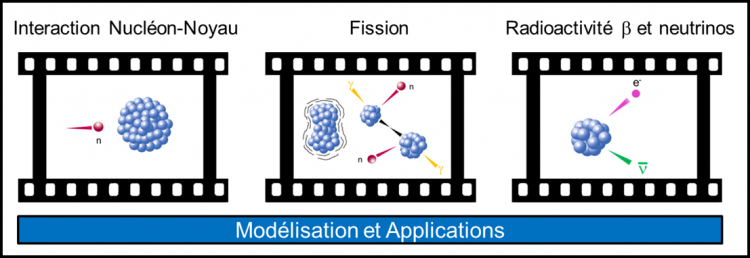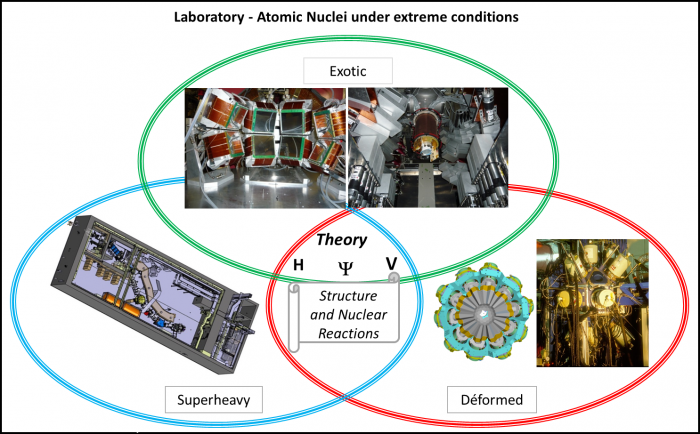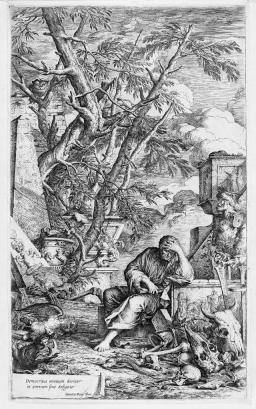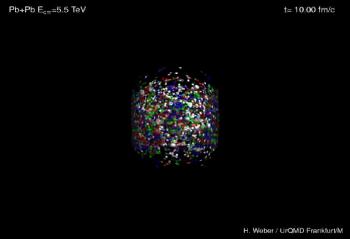The LENA group laboratory conducts experimental programs on the structure and spectroscopy of the nucleus in extreme states, following three research axes:
• the structure of exotic nuclei with neutron halos or skins, low energy resonances, modifications of the standard shell structure,
• shapes and deformations of nuclei, which may have very different shapes in the vicinity of their ground state,
• and the spectroscopy of very heavy nuclei (region of transfermium nuclei and beyond).








